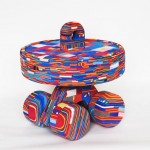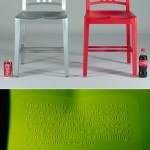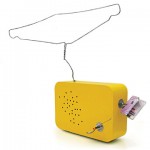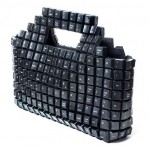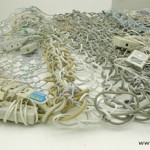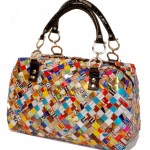The role of design in the global consumer economy has led to a surge in industry-wide sustainability awareness. Despite lagging other parts of the developed world, the last decade in the US has seen a spotlight put on the quantity of products we produce, the impact involved in their production and distribution, and their end-of-life effects. A strong push to recycle or re-use has tried to decrease the amount of products entering into the waste stream, but the latest sustainability trend seeks not only to re-use an item (such as shopping bags or cloth diapers) to extend its lifecycle, but to repurpose it towards an entirely new mode of use. Repurposing’s current focus is to take perceived low-value items that were intended for the junkyard, and elevate them to new levels of utility or desirability. Shipping containers, once ignored and piling up at our nation’s ports, become new livable habitats for modern eco-minded inhabitants. Gum wrappers are saved from becoming street-litter by adorning the bicycles and fashion accessories of urban youth. Once-discarded, single-use household containers become brightly colored building materials for artistic installations and even housing construction. Unfortunately, for every seemingly good idea for extending and redefining a product’s lifecycle, there are many more ridiculous examples like circuit-board underpants. That said, once this mode of thinking becomes adopted by mainstream culture, the shock-value entrants will fade away and real thinking towards Repurposing can take flight.












